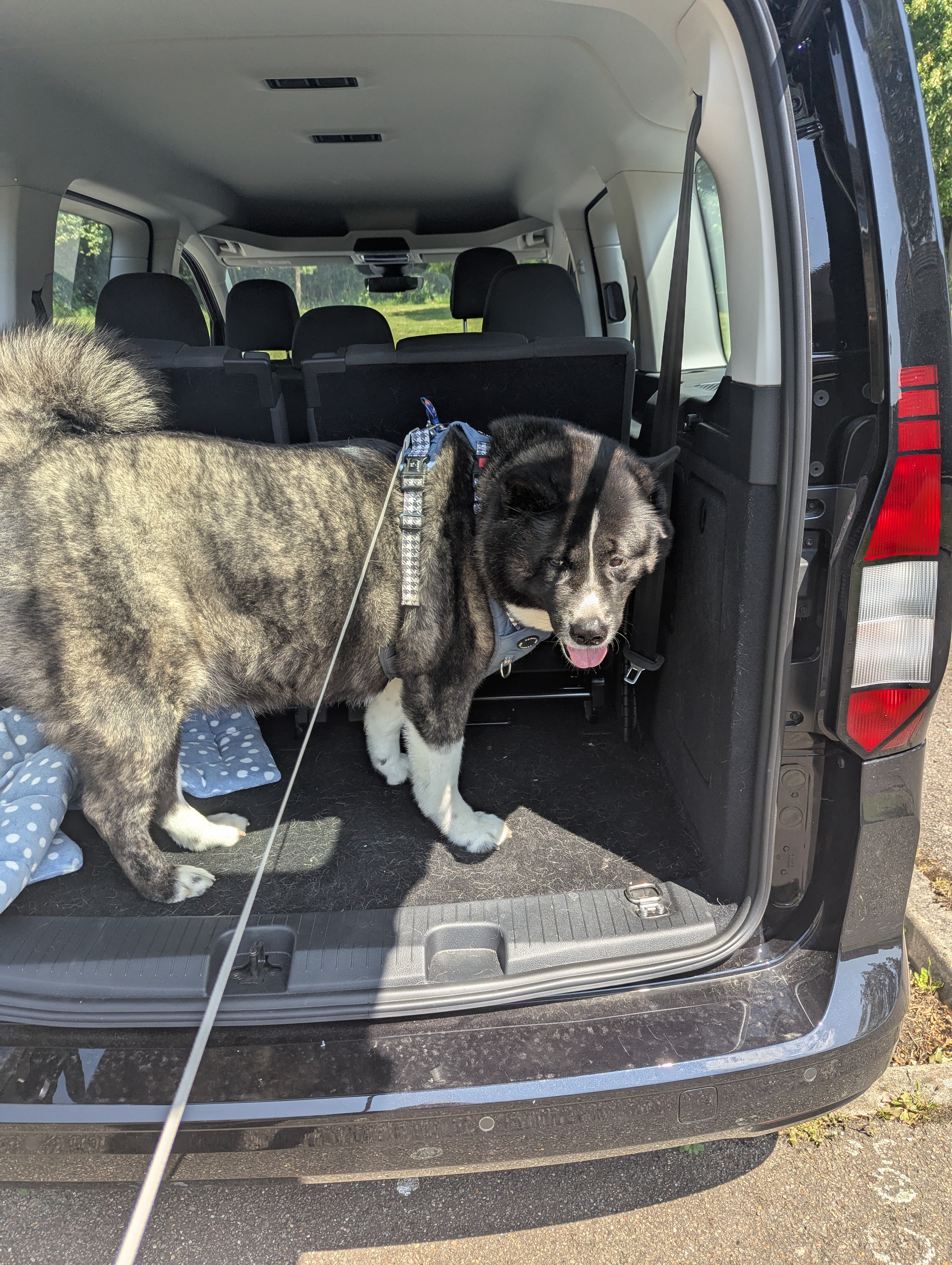Vehicles Prohibited from Using the Motorway
Motorways are for fast, long-distance traffic — so not every vehicle is allowed. Here’s what’s banned and why it matters.

Vehicles Prohibited from Using the Motorway – What You Can’t Drive on the UK’s Fastest Roads
Motorways are designed for fast, long-distance travel — and with high speeds, multiple lanes, and heavier traffic, not every type of vehicle (or driver) is suitable for them.
Whether you're just starting to drive or thinking about taking a vehicle off the beaten track, it’s worth knowing exactly which vehicles are banned from motorways in the UK — and why.
Why are some vehicles banned from the motorway?
Simple answer: safety.
Vehicles that are too slow, too light, or not roadworthy enough for high-speed traffic pose a risk to themselves and everyone else. The idea is to keep motorways flowing smoothly, without vehicles that could cause congestion or accidents.
Who can’t drive on the motorway?
Some drivers are also restricted — even if the vehicle itself is legal.
Learner drivers (unless accompanied by an approved instructor in a dual-control car)
You can’t practise on the motorway until you’ve passed your test — unless you’re having a lesson with a driving instructor, in a proper learner vehicle, with L plates.Provisional motorcycle licence holders
You need a full licence to take a motorbike on the motorway.
Vehicles not allowed on the motorway
Here’s a full breakdown of the vehicles that are not permitted on UK motorways:
Mopeds (under 50cc) – too slow for high-speed roads
Agricultural vehicles – tractors, combine harvesters, etc.
Mobility scooters and powered wheelchairs
Bicycles – yes, even if you’re brave
Horse-drawn vehicles – seen it, doesn’t mean it’s allowed
Certain three-wheeled vehicles (depending on power and size)
Light quad bikes – again, usually too slow
Pedestrian-controlled vehicles – like those industrial floor cleaners
Vehicles that can't reach at least 25mph
In short, if it can’t safely keep up with the flow of motorway traffic (typically 60–70mph), it shouldn’t be on there.
What about electric scooters or e-bikes?
Electric scooters, e-scooters, and most e-bikes are not legal on motorways — even if they can go fairly fast. They don’t meet the construction and use standards required for motorway driving.
What if I break the rules?
Driving a banned vehicle on the motorway can lead to:
Being stopped by police
Fines or points on your licence
Having the vehicle impounded (in some cases)
Putting yourself and others in danger
It’s just not worth it — especially when there are often safer routes available.
Final thoughts
Motorways are built for fast-moving, long-distance traffic. They’re not the place for slower or more vulnerable road users, which is why certain vehicles and drivers are restricted.
If you’re ever unsure whether your vehicle’s motorway-friendly, check your licence type, vehicle spec, and speed capability. And if in doubt — avoid it.
Need help choosing a lease car that’s motorway-ready and built for comfort on long drives? The Motorlet team can help you find something safe, smooth, and fully road-legal — just give us a shout.
What's next?
Enjoyed this? Read our latest news

Hyggemarketing: Reliable Nationwide Travel for a Growing Agency
Jack Vernon, CEO of Hyggemarketing, shares how his VW Caddy lease from Motorlet transformed his travel experience—bringing comfort, professionalism, and room for his beloved Akita, Orla.

John Worth Group: A Seamless Fleet Leasing Experience with Motorlet
John Worth Group, a renowned interiors specialist, partnered with Motorlet to streamline their management vehicle fleet. Over two years, they've experienced professional service, timely deliveries, and competitive pricing, reinforcing their trust in Motorlet's leasing solutions.

Business Lease Success for ECF
Ryan at ECF wanted a specific Audi e-Tron GT with options — and we were the only leasing company that could deliver it, under budget, with expert BIK guidance.
Customer Stories
We've helped over 1,000+ customers find their dream car, hear what they have to say.
Read more reviews“As usual, top class service. The team at Motorlet provided first class service from beginning to end with the friendly helpful expertise of Josh and Wendy. Will continue to use their services as I have done for the past six years...” Keep reading
Diane Parish | Audi Q5

New deals weekly
Subscribe to get the latest offers, guides, new, and more, straight to your inbox.


















